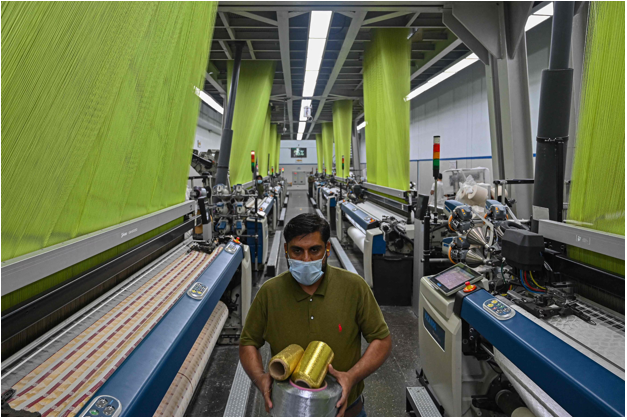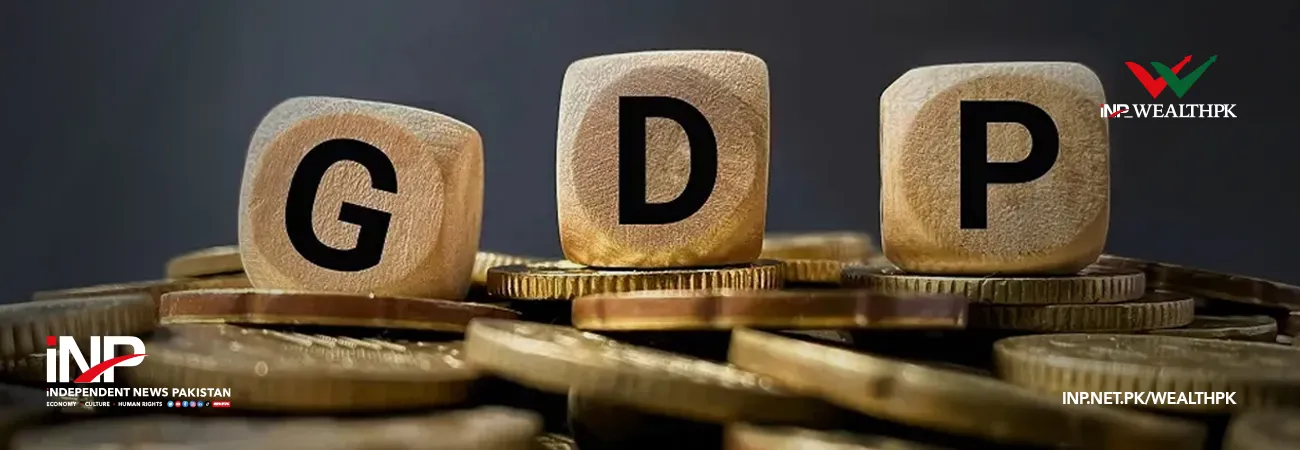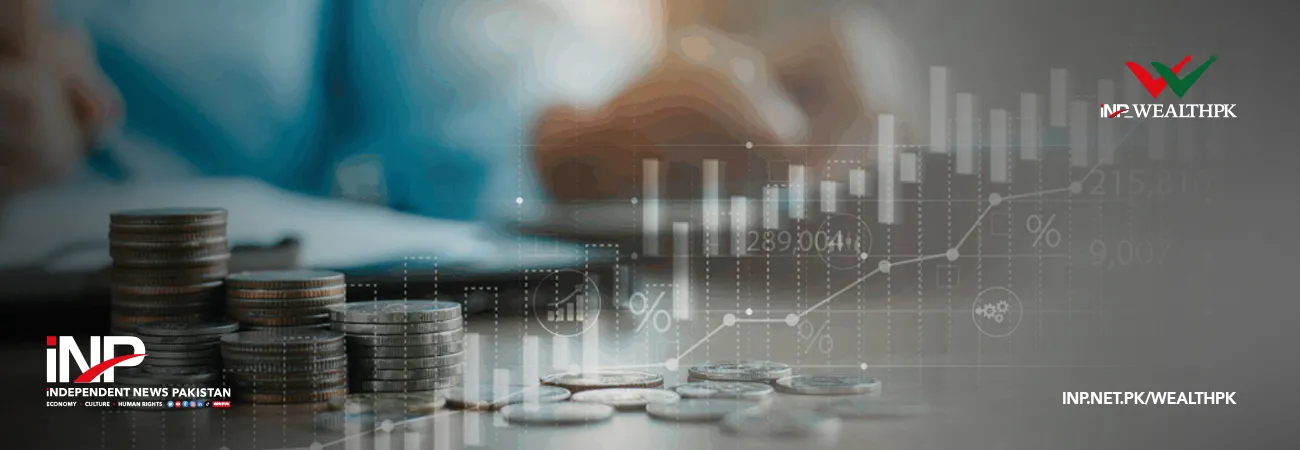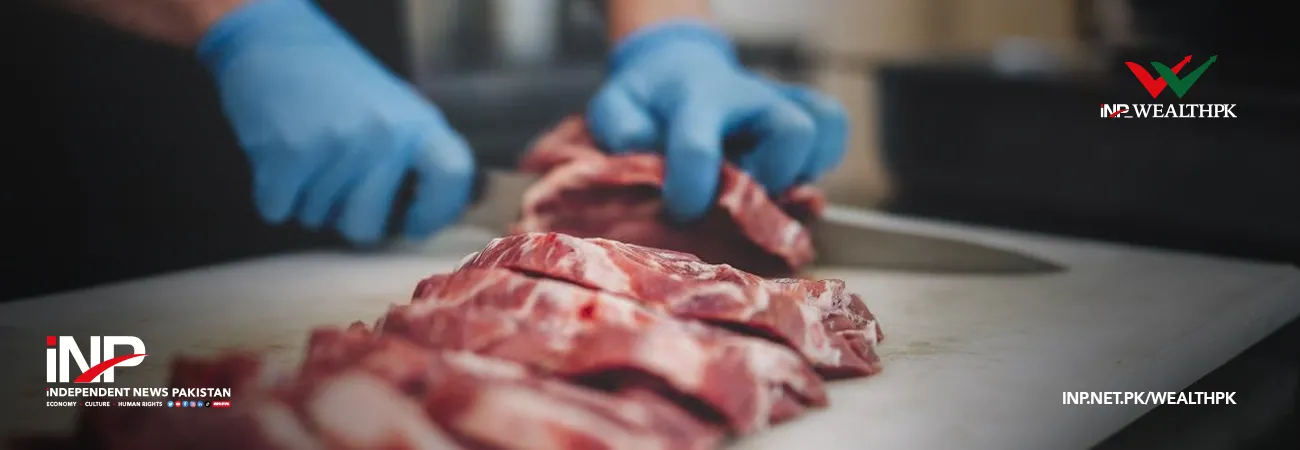آئی این پی ویلتھ پی کے
Moaaz Manzoor
Pakistan’s economic momentum has so far remained subdued during the ongoing financial year 2024-25, with GDP growth stagnating at 1.5% in the first half, held back by weaker agricultural output, continued LSM contraction, and structural inefficiencies. Persistent tight monetary policy and limited private sector investment continue to hinder a broad-based recovery.

Speaking to WealthPK, Muhammad Bilal Ejaz, a research analyst at Ismail Iqbal Securities, underscored the fragility of the current growth outlook. “We are seeing modest recovery in some sectors, but unless macroeconomic policy strikes a balance between stabilisation and stimulation, industrial momentum will remain constrained,” he noted.
He also pointed out that current monetary conditions and structural inefficiencies continue to suppress the economy’s supply-side response, making growth sensitive to even minor shocks. Commenting on the broader economic climate, Rao Asad, an economist and financial analyst at the Federation of Pakistan Chambers of Commerce and Industry (FPCCI), noted that while specific macroeconomic indicators are starting to show signs of improvement, they have not yet translated into tangible economic activity.
“Remittances are showing an upward trajectory on a month-on-month basis, which is a welcome development on the external front. However, LSM data continues to show a negative trend, with a 3.7% decrease recorded in December,” he said. Asad added that a key drag on GDP performance remains the agriculture sector, whose growth slowed to just 1.2% in 1QFY25 from 8.1% in 1QFY24. “This sharp deceleration weighed heavily on first-quarter GDP, which remained below 1%.”
“Even though headline indicators like inflation, exchange rate, and current account position have improved somewhat, they are not stimulating growth yet,” he noted. According to him, the prevailing monetary policy rate remains considerably above equilibrium. “Still, a cautious approach appears rational under the current circumstances,” he said, referring to the central bank’s trade-off between inflation control and economic recovery. Despite the structural weaknesses, some cautious optimism exists.
A downward revision of industrial electricity tariffs and easing inflation could help reduce cost pressures on businesses. “But without a substantial revival in investment and private sector credit uptake, these adjustments alone are unlikely to lift LSM out of contraction,” noted Ejaz, the research analyst at Ismail Iqbal Securities. “Policymakers must balance macroeconomic stability with targeted stimulus in energy pricing, input cost relief, and credit facilitation to industries,” he added.
Structural constraints remain deep-rooted in Pakistan’s economy, with industrial recovery still elusive despite improved macro indicators. Without reforms that support productivity, energy affordability, and investor confidence, growth is likely to remain muted. Energy sector reforms and increased credit availability could yield modest gains; however, a long-term recovery requires more robust policy support.
Credit: INP-WealthPk












